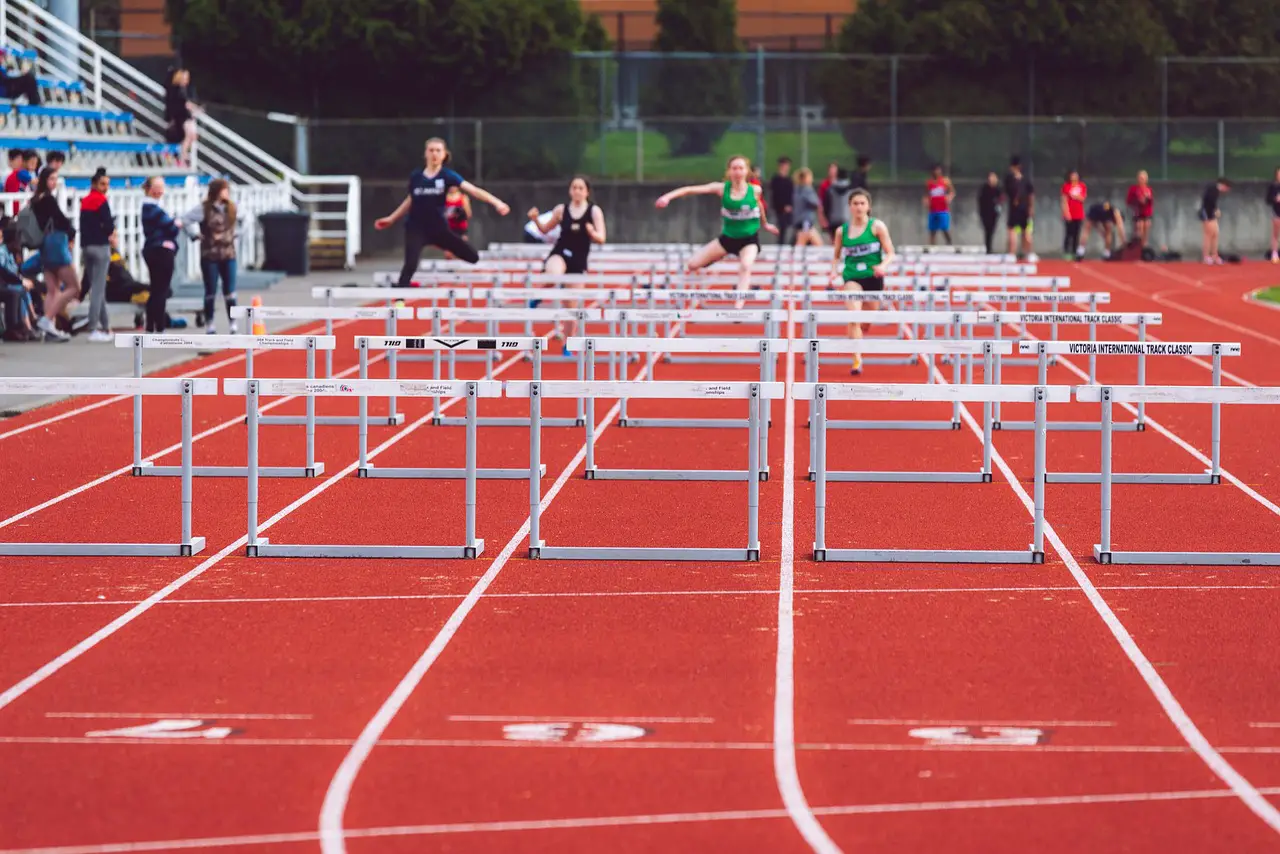Introduction
Track and field is one of the oldest sports in history, with records of it being played as early as 776 BC in Ancient Greece. Since then, track and field has been a constant presence in various cultures around the world. It has gone through many changes over time, but the basic premise remains: to test an athlete’s agility, speed and endurance. But where did track and field actually originate from? In this blog post we will explore some of the theories about where track and field might have come from.
Theories on Track & Field’s Origins
One popular theory suggests that ancient civilizations first developed track & field for military training purposes. The idea was that soldiers needed to be able to run long distances quickly while carrying weapons or gear. As such, running competitions were held between warriors who had trained for weeks beforehand on their fitness levels so they could win accolade or prizes amongst their peers at these events. This theory can be traced back as far as 3000BC when wall paintings depicting running competitions began appearing throughout Egypt and Mesopotamia civilizations.
Another popular belief is that track & field originated from religious rituals which were often performed to please gods or goddesses whom were believed to bring good fortune upon those who competed within them. This type of ritualistic running competition dates back even further than 3000BC – all the way to ancient Sumerian times (4th millennium BC). During these races participants would often wear special clothing adorned with images related to specific gods/goddesses whilst competing against each other for glory.
Modernization Of Track And Field
It wasn’t until much later (7th century BC) during Ancient Greek times that modernized versions of Track & Field appeared, most notably Olympic Games, where athletes would compete against each other in various sporting events, including footraces, wrestling, javelin throwing, discus throwing, boxing etc… These games became incredibly popular throughout Europe especially after they were rediscovered during 19th century AD following centuries-long hiatus after Roman Empire fall. Soon enough, countries started developing national teams which would participate in international Games such as Olympics held every four years thus making it the biggest competition worldwide today!
Conclusion
From its humble beginnings among religious ceremonies thousands of years ago up until now, becoming a global phenomenon – there is no denying how far track & field has come over millennia! With its origin still shrouded in mystery yet clear signs pointing towards both military training origins and well-developed Ancient Greek structures – we can only guess what the next evolution will bring us!

